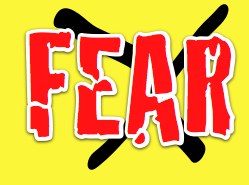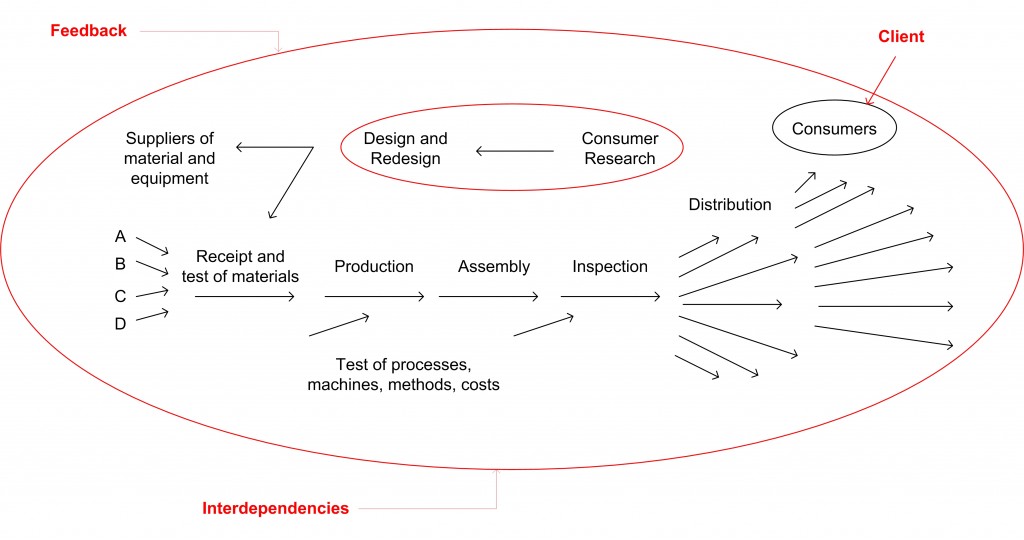
We continue our series on creating the no-fear environment for the 21st century organization for post-digital workers and managers in response to our invitation from ‘No Fear’ author Pekka Viljakainen.
What does a systemic organization look like?
Let’s look first at the shape of the organization, i.e. the design. What kind of organization are we talking about when we say a ‘systemic’ organization? It is not a traditional hierarchical/functional structure where the sum of individual efforts and departments is considered equal to the performance of the company. This form is inadequate as it does not contain the whole picture, including suppliers and customers, nor does it allow for the free flow of communication along the processes that are inevitably cross functional. Indeed, departments may even compete with each other within the same organization.
Due to the artificial sealing/ceiling off of departments and levels, the internal policies of this kind of traditional structure will be based on local optima at the expense of global performance. We will try to do what is best for ourselves or for our department because that is how we get measured and rewarded. In this kind of organization we are not able to see and measure the damage we can be doing to other ‘departments’ and to the results of the organization as a whole by serving local optima.
Moreover, the traditional hierarchical/functional organization is perfect if we want to concern ourselves with power games and personal success as opposed to achieving the goal of the organization. Its very structure invites us to ‘step on the heads’ of others to ‘get ahead’. Having a career path becomes synonymous with ‘climbing the corporate ladder’. Depending on who is ‘in charge’, talented and able people may remain hidden and frustrated if they are not functional to the agenda of their boss. This is clearly a tragic waste of human ability and resources. Do we therefore need to throw the hierarchy out? The answer is no, but we need to redeploy it.
All that matters: variation and constraint, i.e. predictability and synchronization
Compared with the traditional hierarchy, the systemic organization is alarmingly simple. This simplicity derives from the fact that instead of imposing a conceptual model, such as a function, in a systemic organization we reveal the way the organization intrinsically is: a system.
In order to create an organization that combines the two most fundamental elements of a successful system as explained by the theories of W. Edwards Deming and Dr. Eli Goldratt, we must:
1. understand the system we are operating and its intrinsic variation
2. provide a synchronization and protection mechanism that enables its effective management.
Let’s look at what that means. Deming’s major contribution was to insist on the understanding and management of variation. Every human process, from waking up in the morning to sending a man to the moon, is affected by variation; a process can never be repeated in an identical way. Incorrectly managed variation in manufacturing, for example, leads to scrap, waste and money lost.
It is impossible to eliminate all variation because entropy exists and is intrinsic to any process. However, through statistical methods it is possible to understand variation, measure it, manage it and take actions to reduce it. This requires a mindset of continuous improvement as opposed to monitoring. In spite of the disastrous and costly effects of ignoring this reality, surprisingly few managers are conversant with Statistical Process Control. We will look in further detail at the design of the systemic organization in our next post.
W. Edwards Deming’s scheme for Production seen as a System:

See also:
No Fear in the Workplace – Making It Happen
Drive Out Fear by Learning to Think Systemically
Start Making Sense: Introduction To Statistical Process Control





Leave a Reply